Pool valves are vital components in the swimming pool filtration system. They control the water flow, pressure, and direction, such that your pool water is clean and clear. There are different types used to control the water flow, which include diverter valves, check valves, and multiport valves to redirect the water flow through different system components and for maintenance processes. It is important to know how swimming pool valves work to get the best out of swimming pool operation and water quality.
| Table of contents: What are Pool Valves? How Do Pool Valves Work? Types of Swimming Pool Valves Key Functions of Pool Valves Installation and Replacement of Pool Valves Maintenance Tips for Pool Valves |
What are Pool Valves?
Pool valves are part of the pool filtration system, which is meant to control water flow. Now these valves have an important role in directing water from one pathway to another, to perform the filtration, circulation, and maintenance of the pool water efficiently. Pool valvesare strong gateways that let water through pool filtration systems like the pump, filter, heater, and auxiliary equipment. Pool operators can intervene strategically to adjust the pool valve settings manipulate the flow of water to meet particular filtration needs, and circulation patterns, and try to maintain sufficient functionality of the entire pool system.
How Do Pool Valves Work?
Swimming pool valves operate through a combination of mechanical design and engineering principles to control the movement and direction of water within the pool's circulation system. Pool valves are strategically positioned along the plumbing network to facilitate the regulation of water flow, distribution, and diversion. One of the primary mechanisms employed by swimming pool valves is the use of movable components, such as handles, levers, or actuators, to adjust the position of internal passageways. By manipulating these movable parts, pool operators can alter the flow paths within the pool plumbing, directing water to specific destinations, such as the filter, heater, or back to the pool. swimming pool valves incorporate seals and gaskets to ensure watertight closures, preventing leaks and maintaining the integrity of the system.
Types of Swimming Pool Valves
Valve Type | Description |
3 Way pool valve | Controls water flow in the pool's filtration system, directing water to the pool vacuum, filtration circulation, and heating systems. |
Pool multiport valve | Offers multiple settings for filtering, backwashing, and rinsing, allowing smooth transitions between operational modes for effective pool maintenance. |
Diverter valves | Enables water to flow in multiple directions, allowing the addition of features like water jets or spa jets for customization and more efficient use of pool water resources. |
Pool check valve | Prevents backflow within the pool plumbing system, maintaining system integrity and ensuring equipment protection by allowing water to flow in only one direction. |
Pool pump valve | Regulates water flow to and from the pool pump, ensuring proper circulation and filtration, contributing to the overall efficiency of the pool system. |
Key Functions of Pool Valves
Managing water flow in pool filtration systems: Pool valves are important to the regulation of the flow of water through pool filtration systems. Strategically opened and closed, these valves allow water to be distributed through the filtration system to remove impurities, maintain clarity, and allow it to circulate back through the system after the filtration process.
Control and maintenance in pool filtration systems: Valves are an important part of many pool filtration system maintenance tasks including draining, backwashing, and winterizing. It allows them to isolate certain parts of the filtration system, which is easy to clean or maintain. To ensure the storage and disposal of captured wastewater is done correctly, during backwashing, valves will allow water flow to be redirected to remove accumulated debris from the filter media.
Pool heating system and water flow control: Valves are an important component of pool heating systems since they enable control of flow and therefore control of pool temperature. Valves adjust the flow of water through the heating system so that water is heated efficiently and transfer of heat is as effective as needed, to warm the pool water by requirements. This ability to precisely control the flow of water means that the pool heating system can maintain almost ideal temperatures while optimizing the comfort for swimmers and increasing the efficiency of the heating system.
Installation and Replacement of Pool Valves
When it comes to pool valve replacement, it's essential to understand the procedures for different types of valves, including drain valves, filter valves, and skimmer valves.
Pool valve replacement drain: To replace pool valve drain, first, turn off the pool pump and depressurize the system. Next, remove the old drain valve, remove the old drain valve, clean the socket in which the new valve will be installed, apply Teflon tape to the threads of the new valve, then install the new drain valve meticulously. Check for leaks and repressurize the system before restarting the pool pump.
Pool valve replacement filter: Pool valve replacement filter is also similar. First, turn off the pump, relieve pressure, and remove the old filter valve. Replace the filter valve, make sure to clean the connection point install the new filter valve, and make sure to make this a tight seal with teflon tape. Before restarting the pump, test for leaks and repressurize the system to make sure filtration is working properly.
Pool auto fill valve not working: If your pool auto fill valve won’t work then there are some troubleshooting tips to consider. The first thing to try is to see if there's anything blocking or debris in the fill valve. Check the water supply to the fill valve is not blocked. Second, it also needs to be checked that the float mechanism of the auto-fill valve is moving freely and not jammed. If the visual inspections don't turn up the problem, it's time to test the auto-fill valve for water flow and performance.
Following these pool valve replacement procedures and pool auto-fill valve troubleshooting tips will help you maintain and correct pool plumbing system problems.
Maintenance Tips for Pool Valves
Leakages
Over time, pool valves may leak because of worn-out seals or gaskets.
If you see signs of leakage, or water escaping around the valve handle or body, there may be a problem.
Stiff operation
Debris accumulation or mineral deposits that block the pool valves can make them hard to operate or stiff.
It can obstruct the operation of the valve and cause operational difficulties.
Corrosion and rust
Corrosion and rust to the valve body or components can result due to exposure to pool chemicals, moisture, and external elements.
It can cause failure of the valve structure.
Regularly checking and maintaining pool valves is crucial for a healthy and efficient swimming pool environment. Properly functioning pool valves play essential roles in controlling water flow, directing filtration processes, and regulating circulation. By performing routine inspections and addressing any signs of wear or damage, pool owners can prevent issues such as leaks, inadequate water flow, and inefficient distribution of pool chemicals, ensuring a clean, safe, and enjoyable swimming experience. USA Pool Shop is a top supplier of high-quality swimming pool valves and replacement parts, including pipes, fittings, and check valves from leading manufacturers.
FAQs
How to open pool valves?
Locate the pool valves near the filtration system or pump.
Turn off the pump to prevent mishaps.
Open the valves by turning the handle parallel to the pipe.
Note the sequence of opening valves if there are multiple in the system.
Why is pool ball valve maintenance important?
Pool ball valves are needed to direct water flow in the pool system. Regular maintenance prevents leaks and ensures the cylinder does not corrode or wear.
How can you keep pool ball valves operating smoothly?
Periodical cleaning of the valves, and regular application of lubricant to moving parts, avoids stiffness and better helps in smooth operation.
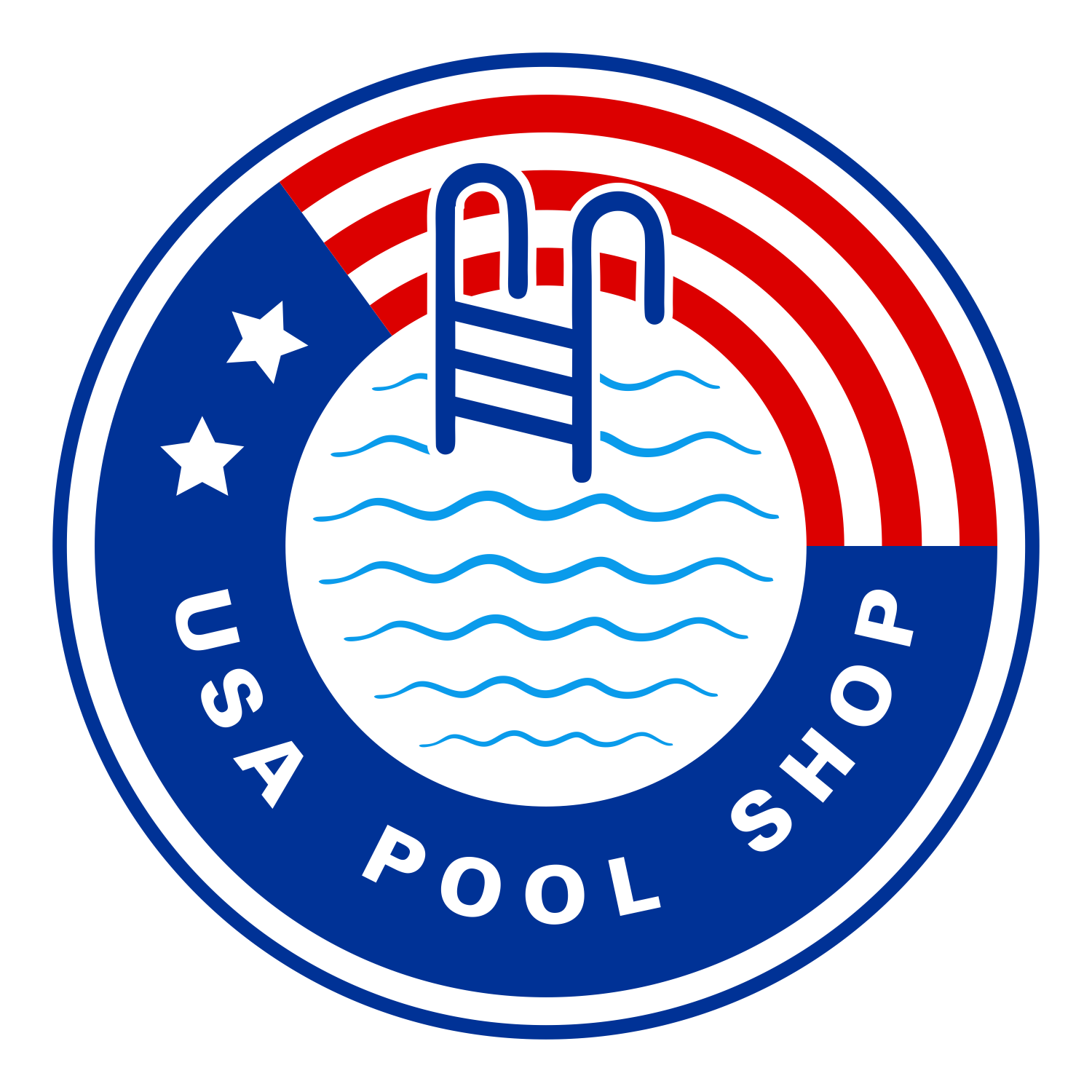
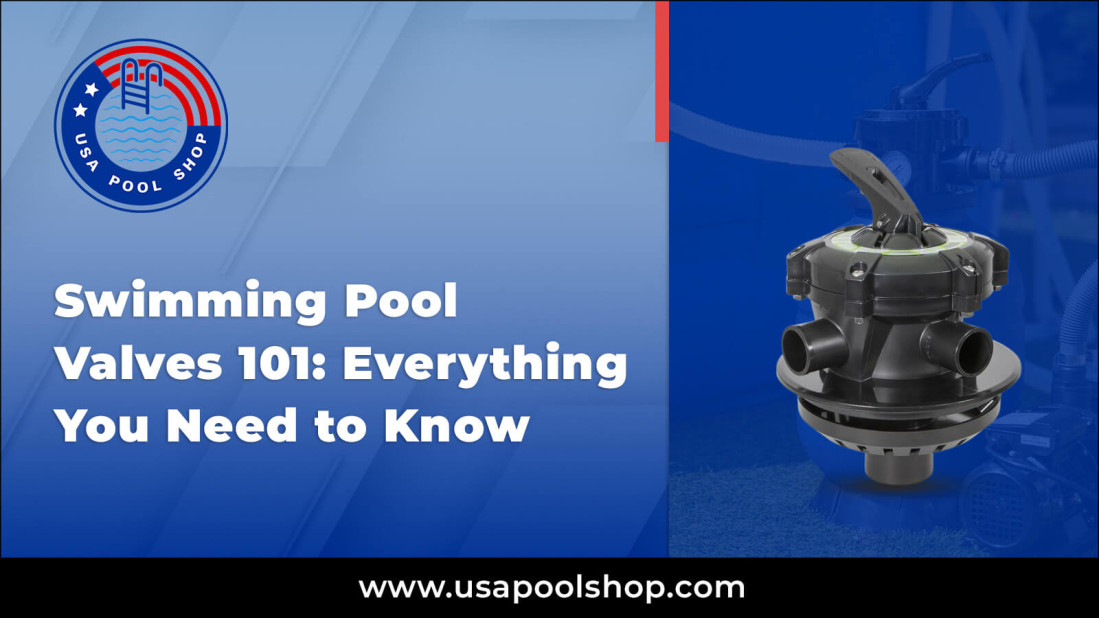
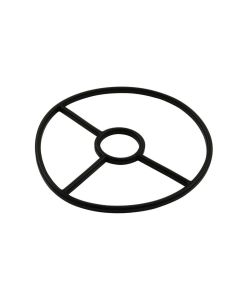
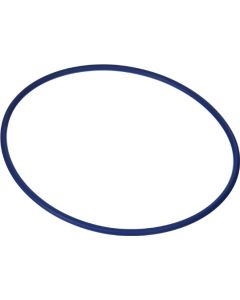
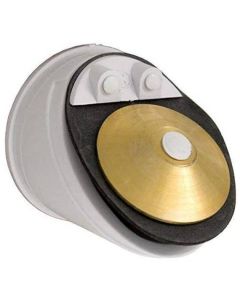
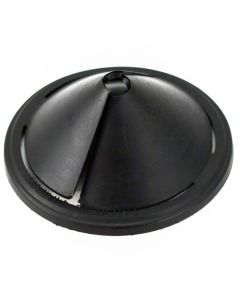
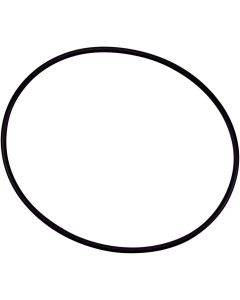
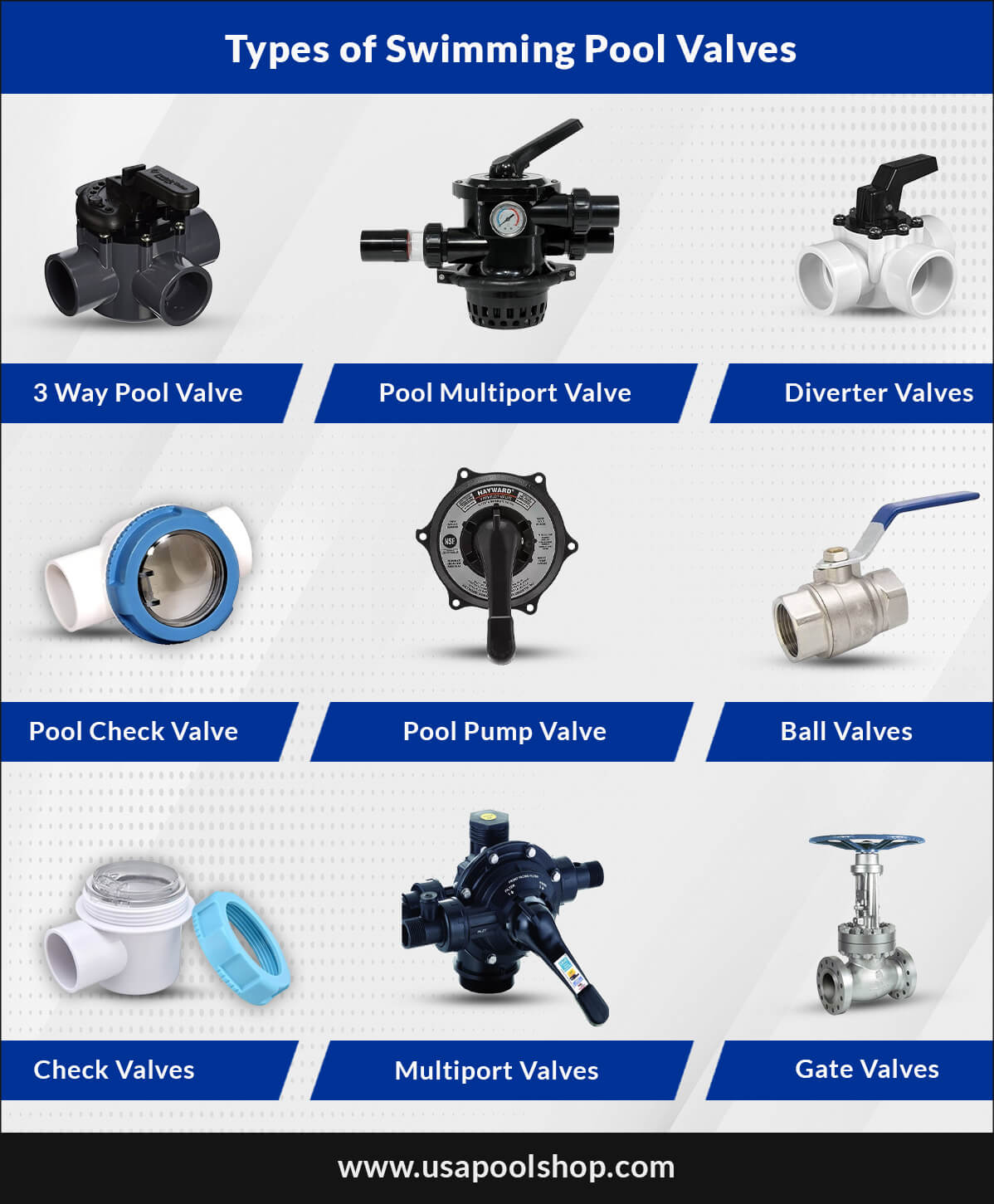


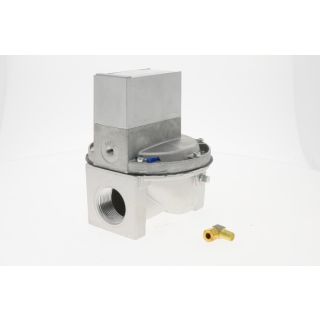
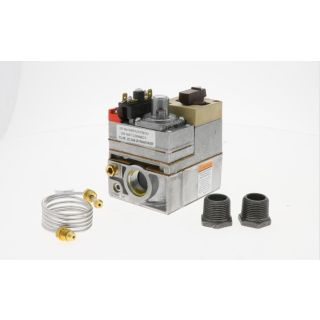
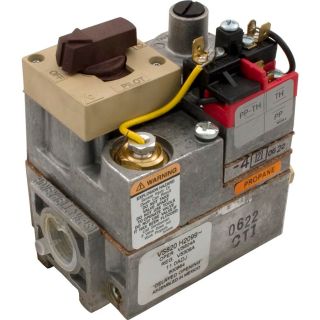
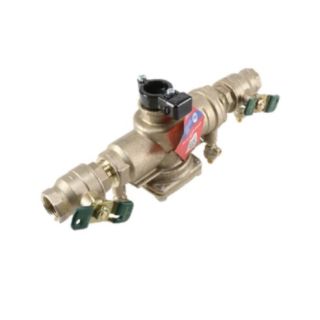
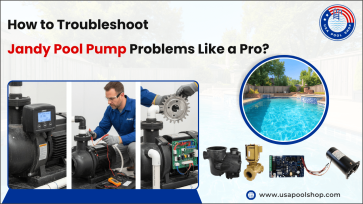
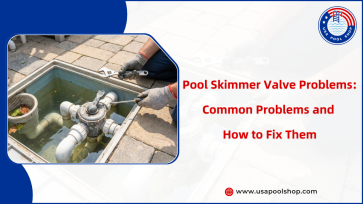

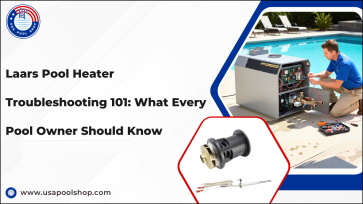
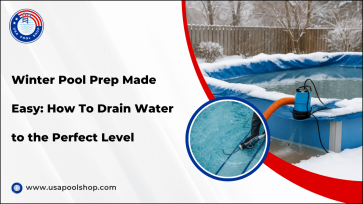
Validate your login